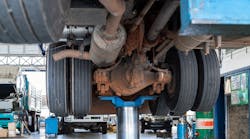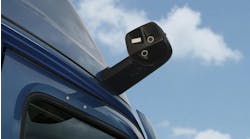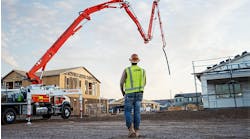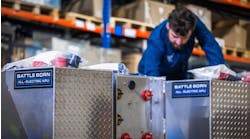Average maintenance and repair costs were down to 14.8 cents per mile in 2020 compared to 2019, according to the American Transportation Research Institute’s An Analysis of the Operational Costs of Trucking: 2021 Update. This represents the lowest level since 2013. Since 2012, ATRI data has shown that maintenance and repair costs represent between 8% to 10% of a fleet’s average marginal cost.
The sector—specialized, truckload, less-than truckload—had less of an impact on maintenance costs than did fleet size. According to the report, “In both truckload and specialized sectors, large carriers have the lowest repair and maintenance costs while mid-sized carriers encounter diseconomies of scale: costs that are higher in proportion to fleet size.”
See also: How to keep older assets on the road longer
This is not really surprising, but that does not mean there are not available solutions to controlling maintenance and repair costs.
What fleets can do
Begin by reviewing current maintenance practices. Make sure maintenance intervals are set not only by the age of the asset but by its duty cycle. Have a system in place to track maintenance compliance. Simply having a set maintenance schedule is not enough; the trucks actually need to come into the shop and have the maintenance performed. Failure to track PM compliance could mean that some trucks miss their needed maintenance service.
Monitor service between PMs. In a perfect world, you would not see your trucks in the shop between PM appointments. The reality is that trucks do come in for service between scheduled PMs. Monitoring the kinds of repairs that are completed between PMs can help you tweak your maintenance program and/or spot failure trends that can help you determine if your asset specs and duty cycles match up; if you need to change brands of a specific product; or if you need to conduct additional training on diagnosing certain failures or on proper repair procedures.
See also: Fullbay launches second State of Heavy-Duty Repair survey
Given that new vehicle production has slowed down because of materials shortages, it is likely that you will have to run some of your equipment longer than you initially planned. While proper maintenance is always important, it is critically important as assets age.
To avoid on-road breakdowns, review your current maintenance practices to make sure they align with what your assets need and be vigilant about ensuring that vehicles get into the shop for every scheduled maintenance.
Jane Clark focuses on managing the member services operation at NationaLease as vice president of member services. She works to strengthen member relationships, reduce member costs, and improve collaboration within the NationaLease supporting groups.



